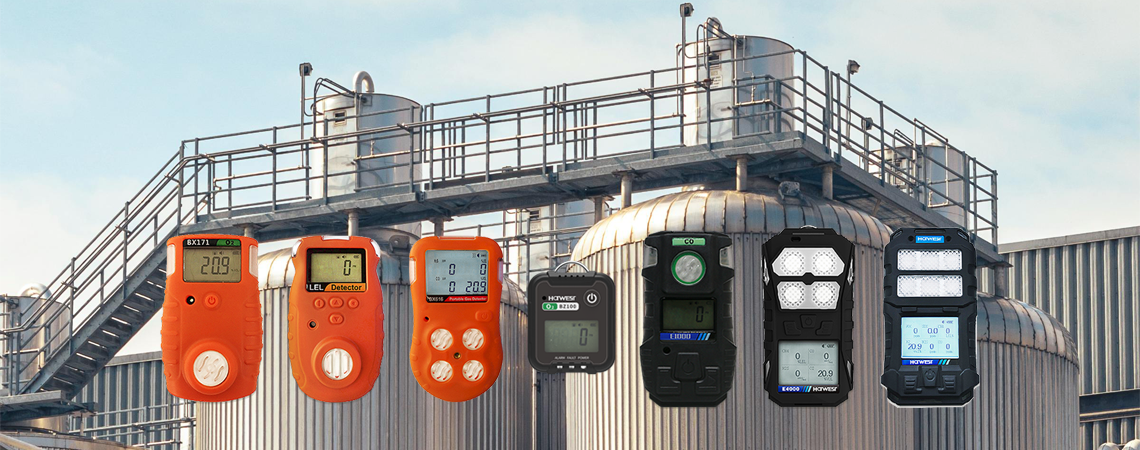Gas Detector Calibration Methods
Published on: 2024-08-05 Views: 368
 Gas detectors are important tools used in a variety of industries to monitor and detect potentially harmful gases in the environment. To ensure their accuracy and reliability, regular calibration is essential. There are several common methods for calibrating gas detectors, each with its own advantages and suitability depending on the detector type and application.
Gas detectors are important tools used in a variety of industries to monitor and detect potentially harmful gases in the environment. To ensure their accuracy and reliability, regular calibration is essential. There are several common methods for calibrating gas detectors, each with its own advantages and suitability depending on the detector type and application.1. Span Calibration
Span calibration is one of the most straightforward methods used for gas detectors. It involves exposing the sensor to a known concentration of a target gas within the instrument's detection range. The detector's response is then adjusted or "spanned" to match that known concentration.
2. Zero Calibration
Zero calibration, also known as baseline calibration, is another important method used to establish the "zero" or baseline reading of a gas detector. During a zero calibration, the sensor is exposed to a pure nitrogen or clean air environment and adjusted to ensure that the detector reads zero in the absence of any target gas.
3. Bump Testing
In addition to regular calibration, bump testing is a quick verification method used to check the response of a gas detector before each use or at regular intervals. Bump testing involves exposing the detector to a small amount of test gas to verify that it is responding appropriately. This process helps confirm that the sensor is functioning properly and detecting the gases it was designed to use within acceptable ranges.
In summary, properly calibrating gas detectors is essential to maintaining their accuracy and ensuring the safety of personnel in a variety of industrial environments.
